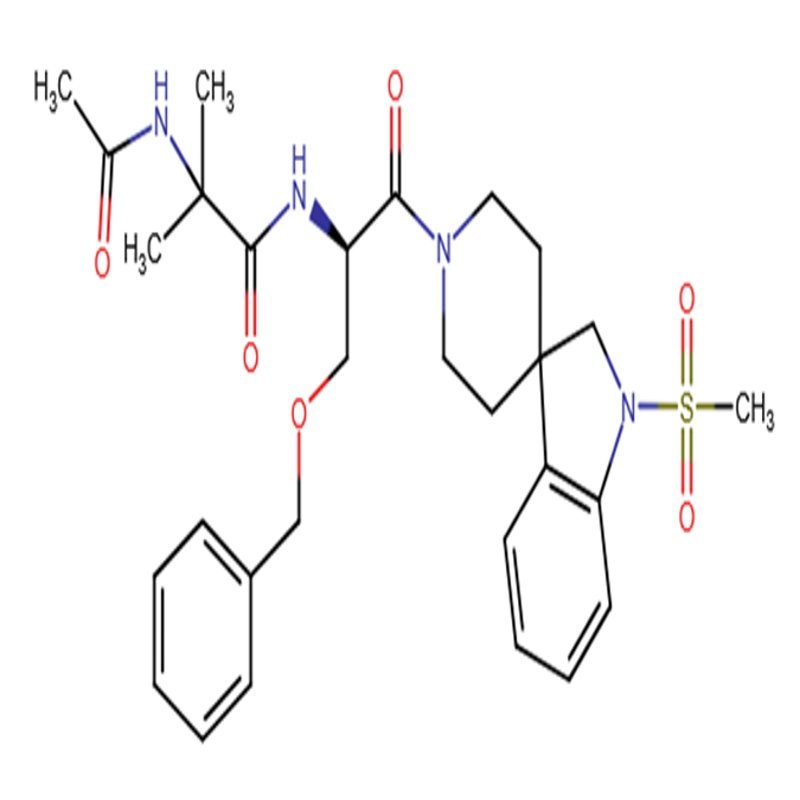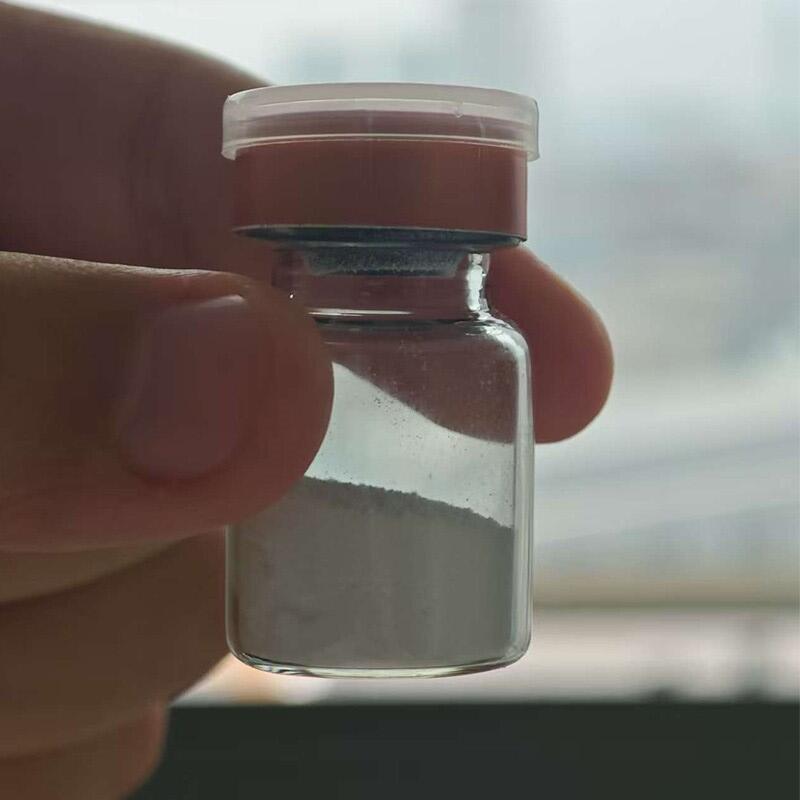-
Categories
-
Pharmaceutical Intermediates
-
Active Pharmaceutical Ingredients
-
Food Additives
- Industrial Coatings
- Agrochemicals
- Dyes and Pigments
- Surfactant
- Flavors and Fragrances
- Chemical Reagents
- Catalyst and Auxiliary
- Natural Products
- Inorganic Chemistry
-
Organic Chemistry
-
Biochemical Engineering
- Analytical Chemistry
-
Cosmetic Ingredient
- Water Treatment Chemical
-
Pharmaceutical Intermediates
Promotion
ECHEMI Mall
Wholesale
Weekly Price
Exhibition
News
-
Trade Service
The Production Process of 2-Propenenitrile: A Comprehensive Overview
2-Propenenitrile is an important organic compound that is widely used in various industrial applications, including the production of plastics, coatings, and pharmaceuticals.
The compound is synthesized through a variety of methods, and one of the most commonly used methods involves reacting propene with nitric acid to form 2-propenenitrile.
However, this method is not without its drawbacks.
The production of 2-propenenitrile through nitric acid oxidation can result in the formation of unwanted byproducts, leading to a decrease in the yield and purity of the final product.
It is therefore important to explore alternative methods for the production of 2-propenenitrile that are more efficient and produce a higher-quality product.
One such method involves reacting glycidol and tetraethylenepentamine with propene to form 2-propenenitrile.
This method has several advantages over the traditional nitric acid oxidation method.
First, it results in a higher yield of 2-propenenitrile, with a purity of over 99%.
Second, the reaction produces fewer byproducts, resulting in a more efficient production process.
Third, the reaction is less hazardous compared to the use of nitric acid, making it a safer and more environmentally friendly method.
In this article, we will provide a comprehensive overview of the production process of 2-propenenitrile through the reaction of glycidol and tetraethylenepentamine with propene.
We will discuss the reaction mechanism, the equipment required for the reaction, and the steps involved in the process.
Reaction Mechanism
The reaction mechanism for the production of 2-propenenitrile through the reaction of glycidol and tetraethylenepentamine with propene involves several steps.
The first step involves the formation of a complex between glycidol and tetraethylenepentamine, which is then reacted with propene to form a diazo compound.
The diazo compound undergoes a series of reactions, including the formation of an imine and a second diazo reaction, to ultimately form 2-propenenitrile.
The reaction mechanism can be represented as follows:
- Glycidol and tetraethylenepentamine are mixed together to form a complex.
- The complex is reacted with propene to form a diazo compound.
- The diazo compound undergoes a series of reactions, including the formation of an imine and a second diazo reaction, to ultimately form 2-propenenitrile.
Equipment Required for the Reaction
The production of 2-propenenitrile through the reaction of glycidol and tetraethylenepentamine with propene requires several pieces of equipment.
The most important equipment includes:
- A reactor for the reaction mixture
- A heating system to control the temperature of the reaction mixture
- A condenser to condense the vapor produced during the reaction
- A separator to separate the liquid and solid products
- A centrifuge to separate the liquid and solid products
- A dryer to remove any remaining moisture from the solid product
The specific equipment required will depend on the scale of the production process and the specific requirements of the production facility.
Steps Involved in the Production Process
The production of 2-propenenitrile through the reaction of glycidol and tetraethylenepentamine with propene involves several steps.
The steps involved in the production process are as follows:
- Prepare the reactants: Glycidol and tetraethylenepentamine are mixed together







